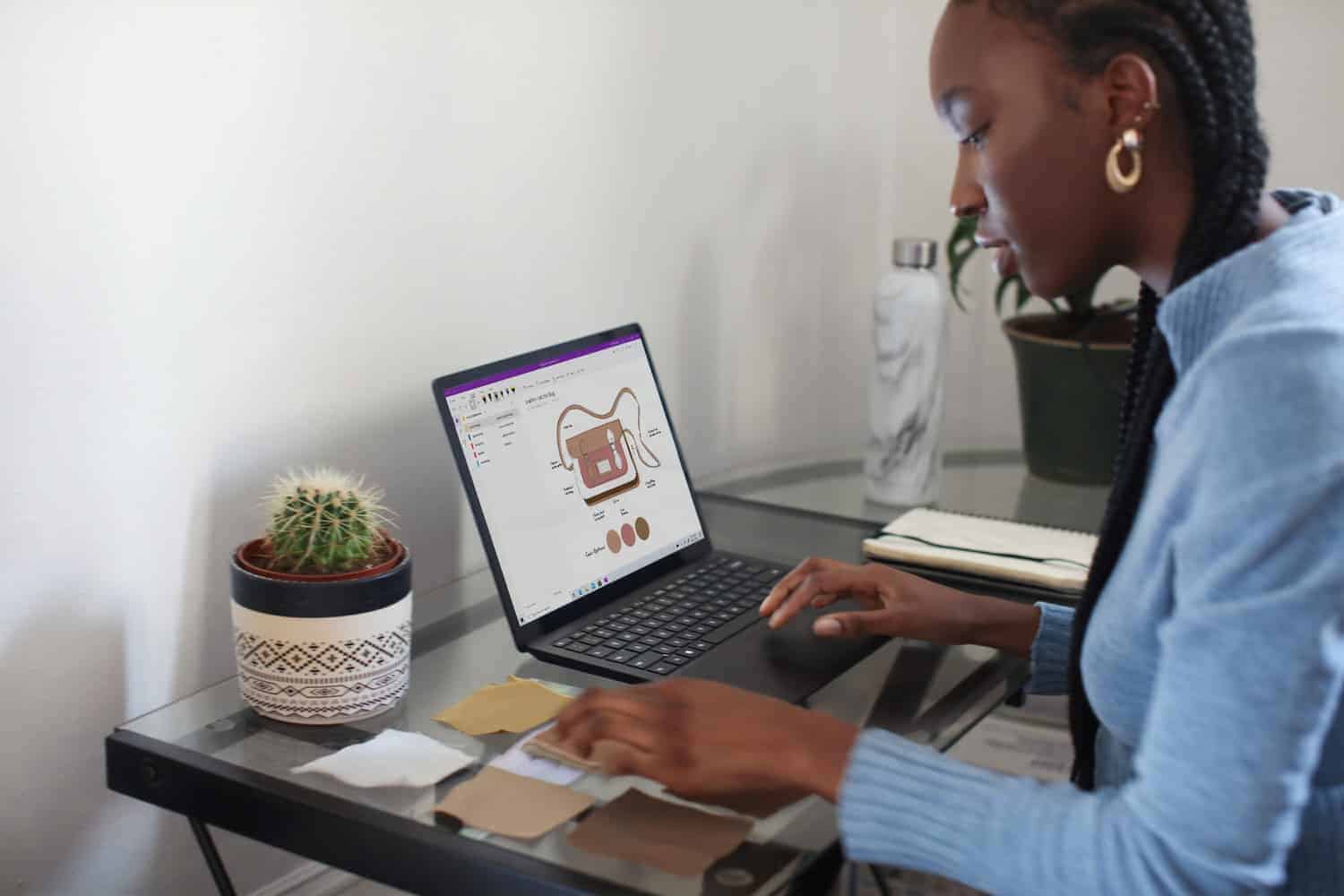Have you decided to make the leap and move from an expensive physical office to a flexible virtual office?
Congratulations! From now on, you’ll be lease-free (I can guarantee you will absolutely love the benefits of short-term office leases – as much as you will love ditching the formal workplace dress code).
Moving to a virtual office is a smart decision that will allow you to stay ahead of the pack, free up money, and achieve greater levels of success.
However, when transitioning to virtual office space, you may encounter a few hiccups along the way – unless you are prepared.
Set your business up for a smooth transition to a virtual office with the tips and suggestions in this post so that nothing will be left to chance.
Table of contents:
- Communicate the transition to your employees
- Get the right communication tools
- Choose your virtual office provider
- Clear up everything with your virtual office provider
- Set up your virtual office & update your contact details
1. Communicate The Transition To Your Employees

Before saying goodbye to the traditional 9-to-5 office life, the first step you need to take is to inform your team about the upcoming change.
Are you worried that your team will miss their daily commute, office banter and water cooler chats? Wrong!
According to IT Brief, Australians would rather quit than give up remote working. Let’s face it; the traditional office is dying out in favour of flexible office spaces because employees are demanding it.
However, while your employees may be thrilled with the idea of working remotely, they will need time to adjust to change. That’s why it’s a great idea to let them know about the change and what they can expect from the new office setup.
Therefore, before announcing the office transition, ask yourself the following questions:
- How flexible will I be about employees’ working hours?
- How often will I need to communicate with the team?
- What are the best practices for leading and managing remote teams?
- How can I boost remote team productivity and encourage initiative?
- How will I help team members combat the isolation of remote work?
2. Get The Right Communication Tools
Your team members will need to connect with each other easily, so make sure you get the best communication tools for remote teams.
As a general rule, you need three types of tools for seamless virtual communication:
- Video conferencing tools (e.g., Zoom, Microsoft Teams, Google Hangouts, etc.)
- File-sharing tools (e.g., Google Drive, Dropbox Business, Box Business, etc.)
- Project management tools (e.g., Asana, Monday, Kissflow Project, etc.)
Ensure that all your team members receive training so that any communication taking place through digital channels will be flawless.
Make sure you establish security protocols and policies to protect your business against malicious attacks and data breaches.
Your team members need to know what restrictions are in place and what sensitive information shouldn’t be sent digitally. Therefore, cybersecurity training is key to a successful virtual office transition.
3. Choose Your Virtual Office Provider

You’ve communicated the transition to your employees, got the right communication tools, and established a security protocol to keep your business’s data secure.
Now, it’s time to find the best virtual office provider out there.
With so many options available, it’s not always easy to find the right fit. You may get stuck at this stage of the transition process. However, you can’t just sit on the fence.
Here are some great questions to ask yourself before choosing a virtual office provider (if you’re lucky enough to answer “yes” to all of them, it means you’ve found the greatest virtual office provider for your business).
- Is the virtual office located in an exclusive area?
- Does the virtual office include meeting rooms, virtual receptionists, landline plans, and other essential services?
- Do I have 24/7 access to facilities and mail?
- Do I get a physical and secure mailbox?
- Do I get on-site facilities and mail notifications?
By the way, in case you’re looking for a virtual office in Melbourne, B2B HQ would be happy to provide you with first-class virtual office services (we are proud to deliver quality and innovative services and answer “yes” to any of the above questions).
4. Clear Up Everything With Your Virtual Office Provider

Once you choose a virtual office that fits your business, you need to be clear about what is included in your package and the cost of services.
Make sure you won’t receive unexpected invoices for hidden fees or charges that your provider didn’t inform you about upon signing up.
Your provider needs to be crystal clear with you concerning any additional fees that are not part of your subscription.
I suggest that you ask your virtual office provider the following questions:
- Do I have the ability to customise my virtual office package? (You need to be clear whether or not you have the ability to add or remove services as your business grows or shrinks).
- Do you require any setup fees? (For example, B2B HQ does not require any setup fee for any of our packages).
- What are the services included in my subscription (without additional fees)?
- What are the additional fees requested for services that are not included in my subscription?
- Are you actively promoting your business? (Your provider should not be actively promoting their business to your guests. For example, B2B HQ does not have any logo or branding outside or inside the office building).
- Do I have the ability to choose the recurrence pattern for the mail services? (e.g., weekly, fortnightly, monthly).
- Are there any lock-in contracts? (A great virtual office provider like B2B HQ should allow you to leave the service at any time without cancellation fees).
5. Set up Your Virtual Office & Update Your Contact Details
We are getting there! Now, you need to set up your virtual office (your provider should take just a few hours to set up your account in the system, so this process should go smoothly, without any hurdles).
Then, your next action is to update your contact details to ensure that you are in compliance with the Australian Government (you must update your business details with ASIC within the first 28 days of acquiring your new physical business address).
Updating your business details is a quick, easy, and seamless process, and you can entirely do it through ASIC’s online portal, so no worries about it. I can guarantee you won’t navigate the baffling bureaucracy in order to update ASIC details using a virtual office address.
So what’s left now? We are almost done. There’s just one last step to take for a successful transition to a virtual office: updating your business contact details across the web for NAP consistency.
NAP (Name, Address, Phone Number) consistency is one of the most significant factors of local search rankings. Setting up the right information across all your listings and website helps you rank higher on search engines and get more customers in your sales funnel.
Of course, do not forget to notify your clients as soon as possible about the change of address (with a virtual office, you are still able to arrange meetings with your customers and invite them to visit your business).

Conclusion: That’s it, now you’ve successfully switched from a brick-and-mortar office to a more flexible, convenient, and affordable office space.
“That’s great! But are there any virtual working challenges I need to overcome?”
Not really. It depends on your virtual leadership skills. While technology can bridge a lot of gaps, it cannot replace the essential skills you need for managing remote teams.
There are, however, many ways to keep your team engaged and hone your virtual leadership skills. For example, you can use your virtual office for face-to-face meetings with your team, brainstorming sessions, or coffee meetups – By the way, at B2B HQ, we offer complimentary coffee and tea so you can ease into your meetings with relaxed conversation over coffee.
If you think that a B2B HQ Virtual Office is a good fit for your business, give us a shout. We will make your transition from a traditional office to a virtual office as smooth as possible and prepare your business for a new journey to success!
